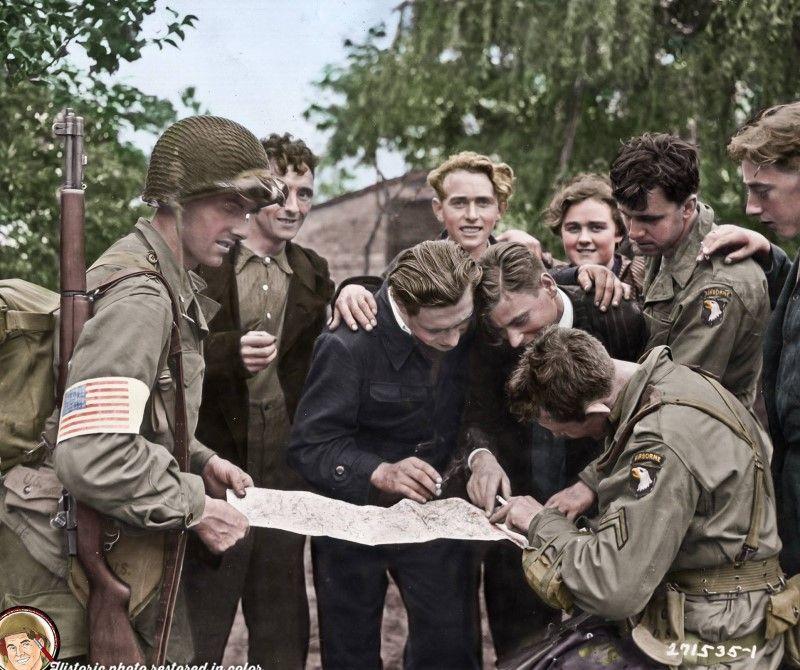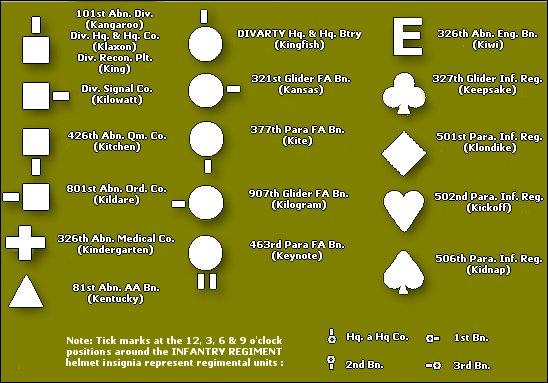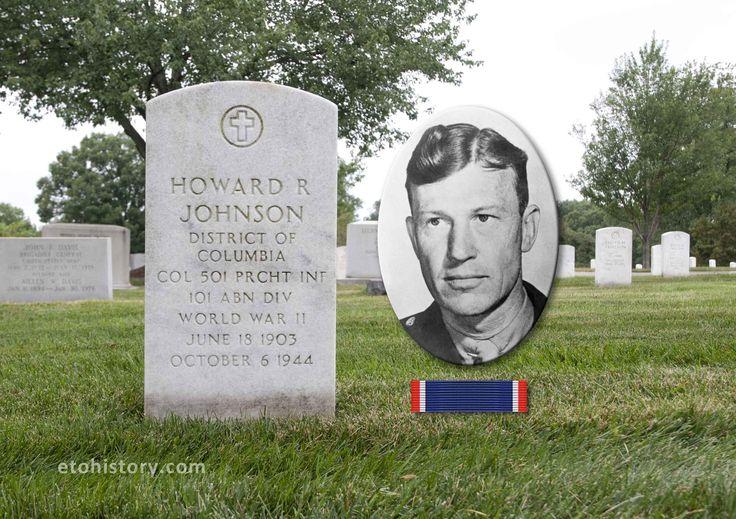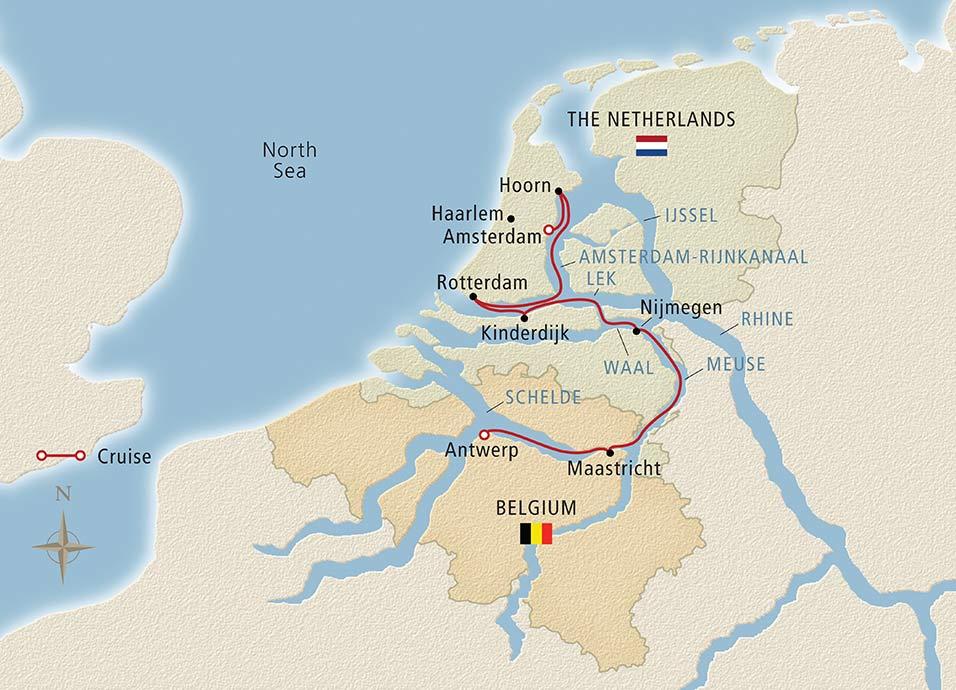-
Contributing Member


4-15-18 Garand Picture of the day

Information
 |
Warning: This is a relatively older thread
This discussion is older than 360 days. Some information contained in it may no longer be current. |
|
Last edited by Mark in Rochester; 04-13-2018 at 07:09 PM.
He is no fool who gives what he cannot keep to gain that which he cannot lose
There are no great men, only great challenges that ordinary men are forced by circumstances to meet.
-
The Following 14 Members Say Thank You to Mark in Rochester For This Useful Post:
#1oilman,
25-5,
30-06_mike,
aspen80,
Bill Hollinger,
Bob Womack,
CINDERS,
ed skeels,
fboyj,
frankderrico,
hoya74,
lgr1613,
Ovidio,
RazorBurn
-
04-13-2018 06:52 PM
# ADS
Friends and Sponsors

-
Advisory Panel


I think this one is Dutchies giving help at Market Garden...wonder why the 101st guys are?
-
-
Legacy Member

I believe you are right. I suspect they got dumped miles off target and are seeking the locals' knowledge while trying to work out where they are and how to get to where they should be.
The USAAF transport pilots weren't that good at air navigation which is why all the combat jumps after D-Day were daylight drops.
-
-
Moderator
(M1 Garand/M14/M1A Rifles)


Alternately, this could be the liaison with the locals and the resistance that was spoken of in several accounts of the campaign. The locals had better knowledge of the best roads to use to move armor, etc. and of the specific deployments of German units. According to the accounts I've read, the British
units. According to the accounts I've read, the British weren't generally comfortable using local knowledge but the US forces were. Specifically, the 101st utilized the British SOE Jedburgh team "Daniel II" and, on a tactical level, made contact with individuals that they vouched for and used their knowledge to adjust their tactics to fit the situation on the ground. It made a difference in outcomes in some cases.
weren't generally comfortable using local knowledge but the US forces were. Specifically, the 101st utilized the British SOE Jedburgh team "Daniel II" and, on a tactical level, made contact with individuals that they vouched for and used their knowledge to adjust their tactics to fit the situation on the ground. It made a difference in outcomes in some cases.
Bob
"It is said, 'Go not to the elves for counsel for they will say both no and yes.' "
Frodo Baggins to Gildor Inglorion, The Fellowship of the Ring
-
-
Advisory Panel


Real men measure once and cut.
-
-
Advisory Panel



Originally Posted by
Bob Womack

Alternately, this could be the liaison with the locals and the resistance that was spoken of in several accounts of the campaign.
That's my bet, underground liaison...
-
-
Legacy Member


Originally Posted by
Bob Womack

Alternately, this could be the liaison with the locals and the resistance that was spoken of in several accounts of the campaign. The locals had better knowledge of the best roads to use to move armor, etc. and of the specific deployments of
German
units. According to the accounts I've read, the
British
weren't generally comfortable using local knowledge but the US forces were. Specifically, the 101st utilized the British SOE Jedburgh team "Daniel II" and, on a tactical level, made contact with individuals that they vouched for and used their knowledge to adjust their tactics to fit the situation on the ground. It made a difference in outcomes in some cases.
Bob
That is possible. However, I have to wonder why the highest ranking man, and the man with the map is only a Corporal. I would expect OSS liaison to be at least a Sergeant if not an officer. Then too, none of the civilians appear to be armed, or to have identifying armbands as the French Partisans had.
Partisans had.
-
-
Contributing Member


by the helmet - 506th Para Inf Reg - Hq Co

He is no fool who gives what he cannot keep to gain that which he cannot lose
There are no great men, only great challenges that ordinary men are forced by circumstances to meet.
-
The Following 5 Members Say Thank You to Mark in Rochester For This Useful Post:
-
Moderator
(M1 Garand/M14/M1A Rifles)



Originally Posted by
Paul S.

That is possible. However, I have to wonder why the highest ranking man, and the man with the map is only a Corporal. I would expect OSS liaison to be at least a Sergeant if not an officer. Then too, none of the civilians appear to be armed, or to have identifying armbands as the
French
Partisans had.
There is an excellent page HERE about this subject that establishes, in fact, that the lowest grades of official OSS and Netherland liaison group members was sergeant. It thus reinforces your observation. However, it states, On an ad hoc level, use of the Eindhoven Resistance followed the same pattern as at Nijmegen and Arnhem. Approximately 200 individual Dutch citizens, both civilians and formal Resistance members, attached themselves to American airborne units. A photograph taken during the battle shows two P.A.N. members consulting a map with Colonel Howard R. Johnson, the 501st Parachute Infantry Regimental commander.(53) The Dutch were used as interpreters, guides and in the counter-intelligence role of identifying collaborators. The Screaming Eagles ran into the same problems as other airborne units did; mainly, the inability to establish the bonafides of the Dutch volunteers. Strict security measures regarding dissemination of information regarding Resistance rosters led to no dissemination at all. Information which was available was withheld from the soldiers and commanders who could have used it the most.
Bob
"It is said, 'Go not to the elves for counsel for they will say both no and yes.' "
Frodo Baggins to Gildor Inglorion, The Fellowship of the Ring
-
Thank You to Bob Womack For This Useful Post:
-
Contributing Member



When the 101st Airborne Division dug in on the "Island" (a small strip of land between the Waal and Rhine Rivers),

the 501st was subjected to mortar and artillery fire that killed and maimed many men. Colonel Johnson was able to keep the morale up and the regiment executed several successful patrols. On October 8, 1944, Johnson and his young executive officer, Lieutenant Colonel Julian Ewell, a West Point graduate, were visiting the front lines. Suddenly, some mortar shells hit the area. Men raced for cover and got down. Some of them were killed by the barrage. A large fragment hit the Colonel in the stomach. He fell to the ground. The medics knew that the wound was very serious, if not fatal. Two hours later, Johnson groaned, "Take care of my boys" to Colonel Ewell. Seconds later, he was dead.
Colonel (Infantry) Howard R. Johnson (ASN: 0-16647), United States Army, was awarded the Distinguished Service Cross (Posthumously) for extraordinary heroism in connection with military operations against an armed enemy while serving as Commanding Officer, 501st Parachute Infantry Regiment, 101st Airborne Division, in action against enemy forces from 6 to 8 June 1944, in France
Army, was awarded the Distinguished Service Cross (Posthumously) for extraordinary heroism in connection with military operations against an armed enemy while serving as Commanding Officer, 501st Parachute Infantry Regiment, 101st Airborne Division, in action against enemy forces from 6 to 8 June 1944, in France . Colonel Johnson's outstanding leadership, personal bravery and zealous devotion to duty at the cost of his life, exemplify the highest traditions of the military forces of the United States and reflect great credit upon himself, the 101st Airborne Division, and the United States Army. General Orders: Headquarters, First U.S. Army, General Orders No. 87 (1944)
. Colonel Johnson's outstanding leadership, personal bravery and zealous devotion to duty at the cost of his life, exemplify the highest traditions of the military forces of the United States and reflect great credit upon himself, the 101st Airborne Division, and the United States Army. General Orders: Headquarters, First U.S. Army, General Orders No. 87 (1944)
Action Date: June 6–8, 1944Service: ArmyRank: ColonelCompany: Commanding OfficerRegiment: 501st Parachute Infantry RegimentDivision: 101st Airborne Division
Last edited by Mark in Rochester; 04-15-2018 at 04:24 PM.
He is no fool who gives what he cannot keep to gain that which he cannot lose
There are no great men, only great challenges that ordinary men are forced by circumstances to meet.
-
The Following 6 Members Say Thank You to Mark in Rochester For This Useful Post:
 Information
Information















 PM
PM













